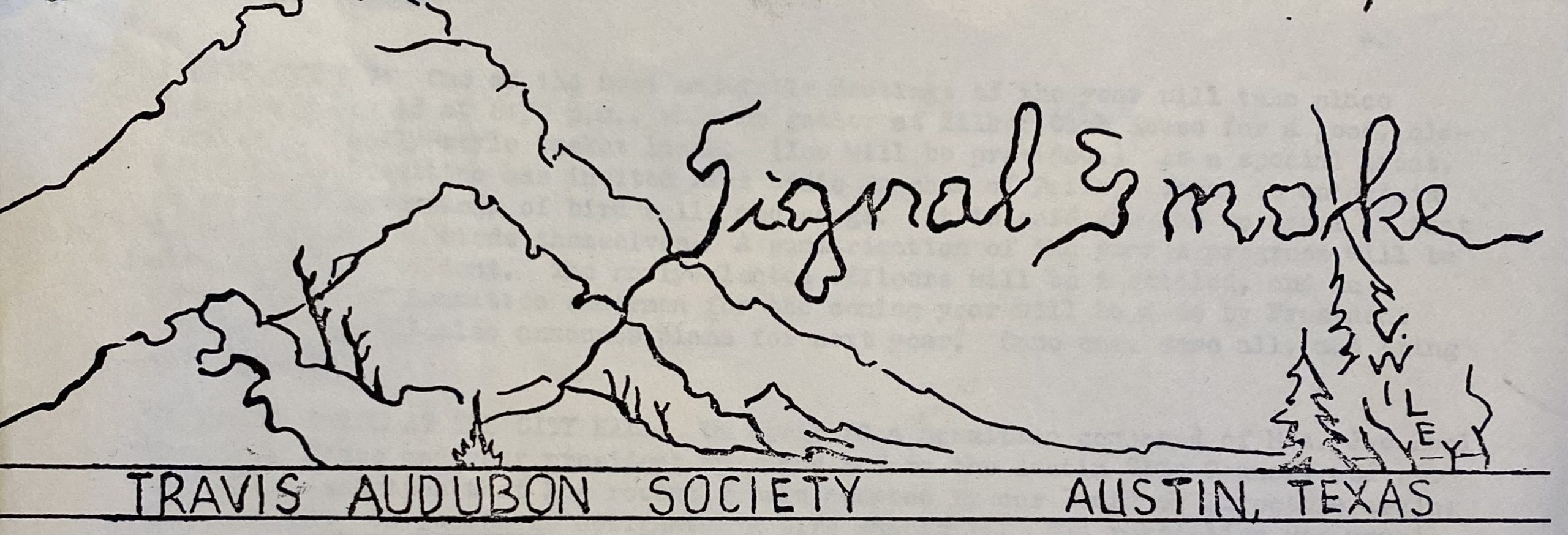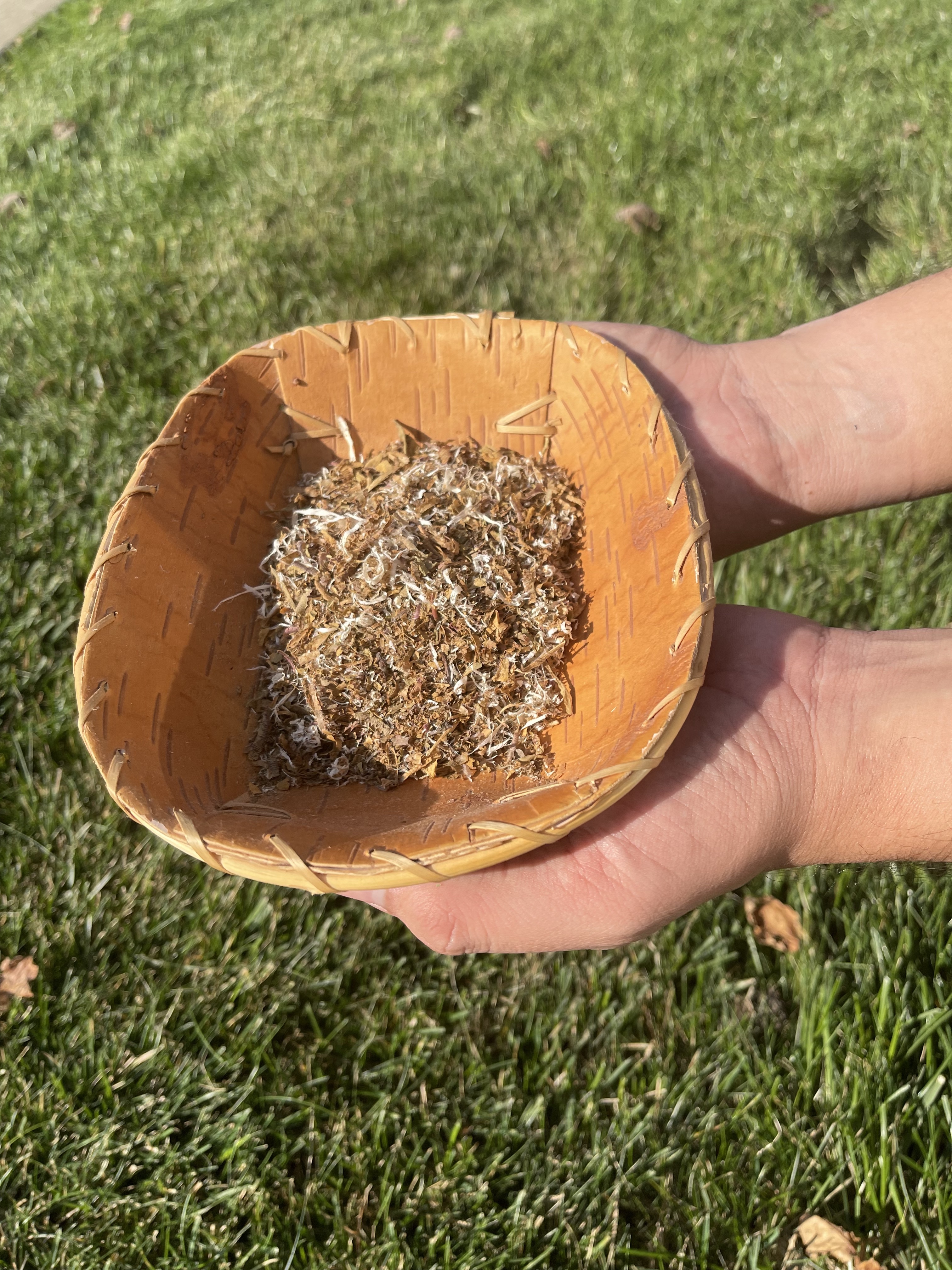Table of Contents
- – The smart Trick of Tobacco: The Early History ...
- – Early Residents Of The Pacific Northwest Smoke...
- – Getting My Native Cigarettes: History And Ben...
- – Little Known Facts About History Of Tobacco.
- – What Does Cultural And Demographic Correlate...
- – How Bot 406: Smoke And Tobacco-free Policy c...
Throughout this time around, Indigenous Americans were limited to a lot more extremely addictive and unsafe kinds of business cigarette; addiction to business tobacco, such as cigarette smoking, ended up being much more extensive among Native individuals. In Minnesota, 59 percent of American Indian adults smoke (TTUP, 2013), contrasted to 14. 5 percent of Minnesota's overall populace (BRFSS, 2017).

According to findings from the Wisconsin American Indian Young People Cigarette Survey (2008-2009), the use of traditional tobacco in ceremonies is a protective element against tobacco abuse. Youth who make use of traditional tobacco in event were much less likely to have ever smoked commercial cigarette or to have smoked commercial tobacco in the last 30 days than those that had not.
The smart Trick of Tobacco: The Early History Of A New World Crop That Nobody is Discussing
They also have leadership chances, organize community cultural occasions, and involve with various other Native American organizations in the Double Cities as component of their larger community. A recent Ain Dah Yung community study verified that young individuals are attracted to the program in part due to the fact that of the area links and support group that flourish here.
When she goes to harvest in the garden, or goes searching, she supplies the tobacco in many thanks. "For that animal giving their spirit to you, for that plant providing the present of food, for their gift of life and nourishment, you supply your tobacco.
Early Residents Of The Pacific Northwest Smoked Smooth ... for Dummies

When I take a look at a kid I dealt with when he was 9 years of ages and now they're 20 something, and have youngsters, and they're living this life, we understand that what we do works." Download this tale: Typical tobacco usage connects Indigenous youth to society, community, and health (PDF) The Tobacco-Free Communities Grant Program funds neighborhood community gives and technological support and training grants that aim to minimize and avoid youth tobacco use and address tobacco-related disparities in Minnesota by promoting community-driven cigarette prevention and control tasks and approaches.
The manidog (spirits) are said to be incredibly keen on tobacco and that the only means they might obtain it was from the Indians, either by smoke from a pipe or by offerings of completely dry cigarette. According to custom, the Indians got tobacco as a present from Wenebojo who had actually taken it from a hill titan and then given the seed to his siblings.
Getting My Native Cigarettes: History And Benefits - Express Cig's To Work
Dry tobacco was put at the base of a tree or shrub from which medicine was collected, and a pinch was tossed in the water prior to each day of basmati rice event to guarantee calm weather condition and an abundant harvest - cultural significance of native smokes. Prior to laying out in a canoe, a secure return was guaranteed by using cigarette on the water
When storms came close to, families secured themselves by positioning a percentage of cigarette on a neighboring rock or stump. Cigarette was positioned at tombs as an offering to the left spirit. Requests to elders to connect dental traditions or various other special expertise were accompanied with a present of tobacco. Before all religious ceremonies, cigarette was provided to the spirits.
Little Known Facts About History Of Tobacco.
When a shaman consented to approve a client's instance, he suggested it by taking the offered gift of tobacco. Cigarette also secured tranquility treaties in between people and contracts between people. For such a function, the chief usually kept an unique pipeline with a lengthy decorated stem. While pipes of this kind have actually been called "peace pipes," the stem, called a calumet, was really more crucial.
Cigarette smoking with each other was also a means to seal deals or contracts in between leaders of different teams, and supplying a pipeline to somebody indicated an end to hostilities. Smoking a pipe as part of a ceremony or spiritual offering seems to have actually had to do with as common as smoking cigarettes it for individual satisfaction.
What Does Cultural And Demographic Correlates Of Dual Tobacco Use In ... Do?
Kinnickinnick-- various other natural materials, typically red willow-- was combined with solid native cigarette in varying total up to suit the individual cigarette smoker. Individual pipes were small with a brief stem. Kinnickinnick (an Ojibwe word) actually implies "what is combined," and refers to plant products that Indian individuals combined with tobacco for smoking cigarettes.
He then made a drying out rack by splitting among the peeled off stems halfway down and opening up the end to form a Y. The opened section was after that woven with criss-crosses of other split stems to create a grid, and on this, he positioned the convolutions of inner bark. He required the rack right into the ground diagonally just above a reduced fire, so the bark was about a foot over the flames and might dry in the warmth without being melted.
How Bot 406: Smoke And Tobacco-free Policy can Save You Time, Stress, and Money.
Long ago, when the Potawatomi still survived the sea in the east and close to their grandfathers the Delaware, an old man had a desire that something remarkable would expand in his garden which was in a cleaning he had made nearby - cultural significance of native smokes. In his dream, he was advised never ever to allow any kind of females approach his ranch, so he lowered trees so they dropped down over the stumps and made a natural fencing
His uncles and nephews teased him about his garden and asked him just how he expected a plant of anything when he had actually planted no seed. They teased him a lot that he blew up, and when every person else took place the summer hunt in July, the old man stayed at home to often tend to his area.
Table of Contents
- – The smart Trick of Tobacco: The Early History ...
- – Early Residents Of The Pacific Northwest Smoke...
- – Getting My Native Cigarettes: History And Ben...
- – Little Known Facts About History Of Tobacco.
- – What Does Cultural And Demographic Correlate...
- – How Bot 406: Smoke And Tobacco-free Policy c...
Latest Posts
2-month Local Seo Case Study for Dummies
Deck Building
Top Guidelines Of A Social And Cultural History Of Smoking
Navigation
Latest Posts
2-month Local Seo Case Study for Dummies
Deck Building
Top Guidelines Of A Social And Cultural History Of Smoking